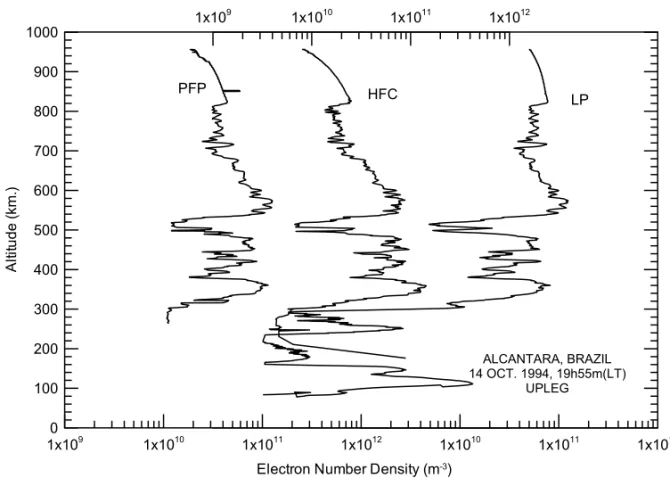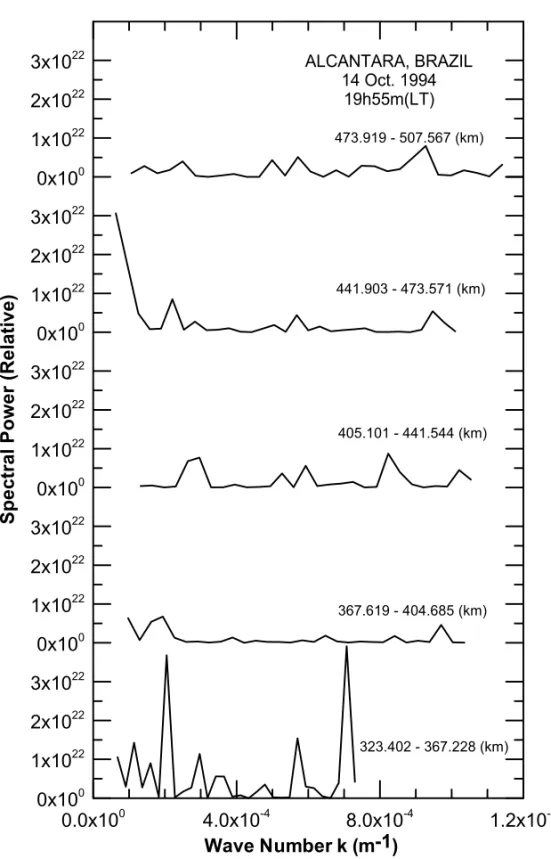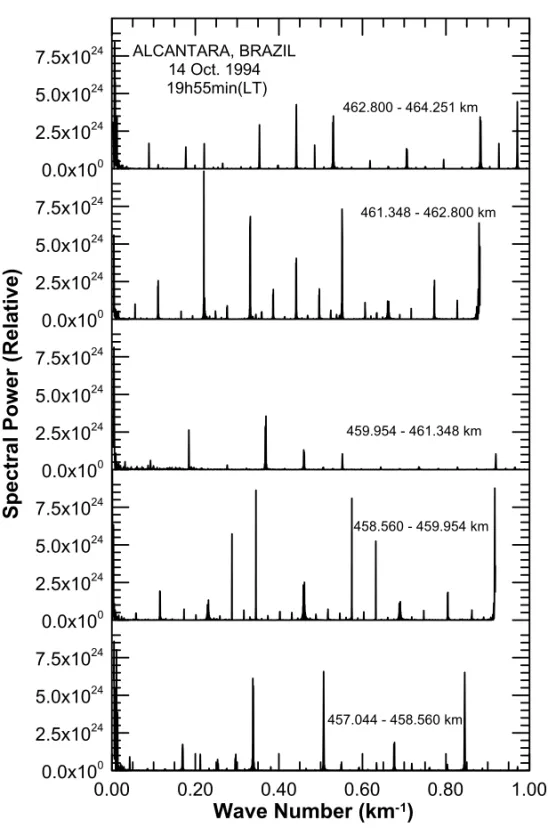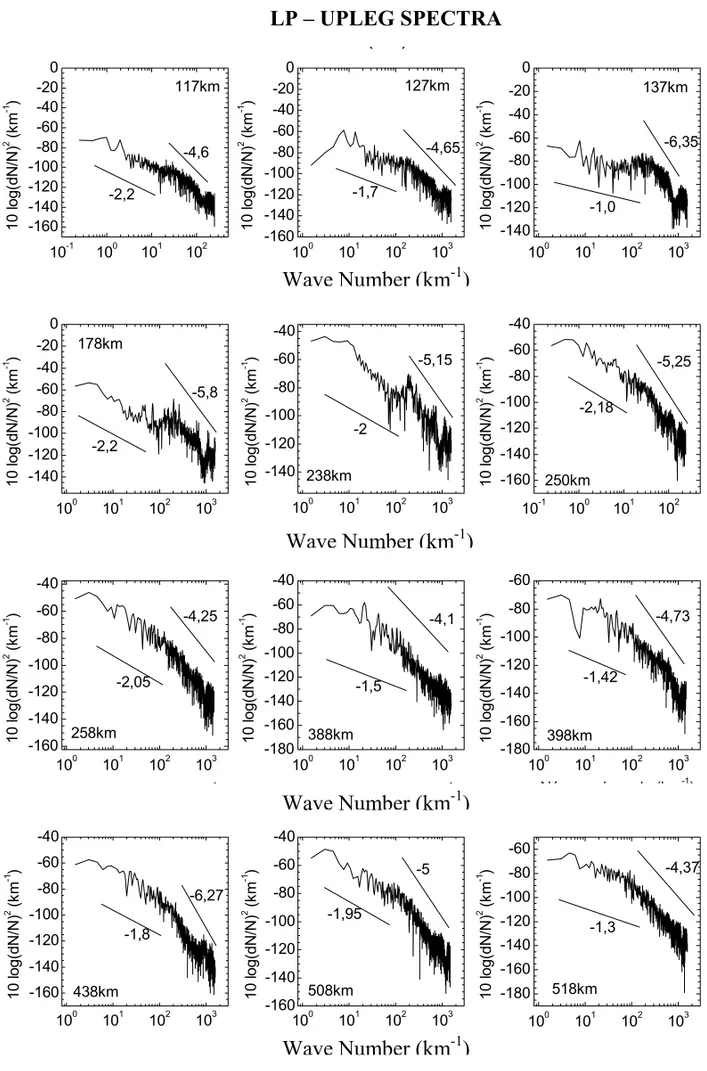Rev. Bras. Geof. vol.25 suppl.2
Texto
Imagem




Documentos relacionados
Here we present some recent results on gravity wave seasonal anisotropy obtained using all-sky (ASI) monochromatic imagers and novel measurements of seasonal temperature variability
In this work we analyze the terdiurnal tide distribution and the nonlinear interaction between diurnal and semidiurnal tides as a possible mechanism for generation of that
We have developed a local ionospheric conductivity model for the Brazilian equatorial E-region based on a constant neutral atmosphere model and on an empirical electron densities
Type I waves are moving at a speed that usually so closely approaches the ion-acoustic speed of the medium, no matter what the ambient electric field might be, that it has become
Finally, we have seen that applying incoherent integrations to the obser- vational radar spectra of type 1 equatorial electrojet irregularities means to increase the percentage of
As can be seen from the figure the upleg profile shows the presence of a rather steep F-region base close to 300 km, free of any large scale electron density depletions or
During the October 2003 disturbed period, the storm indu- ced eastward magnetospheric electric field that penetrated to the magnetic equator on the 29/30 and 30/31 nights
He developed during three years (2003-2005) activities of Undergraduate Research, studying the relationships between geomagnetic variations observed at the Earth’s surface and


